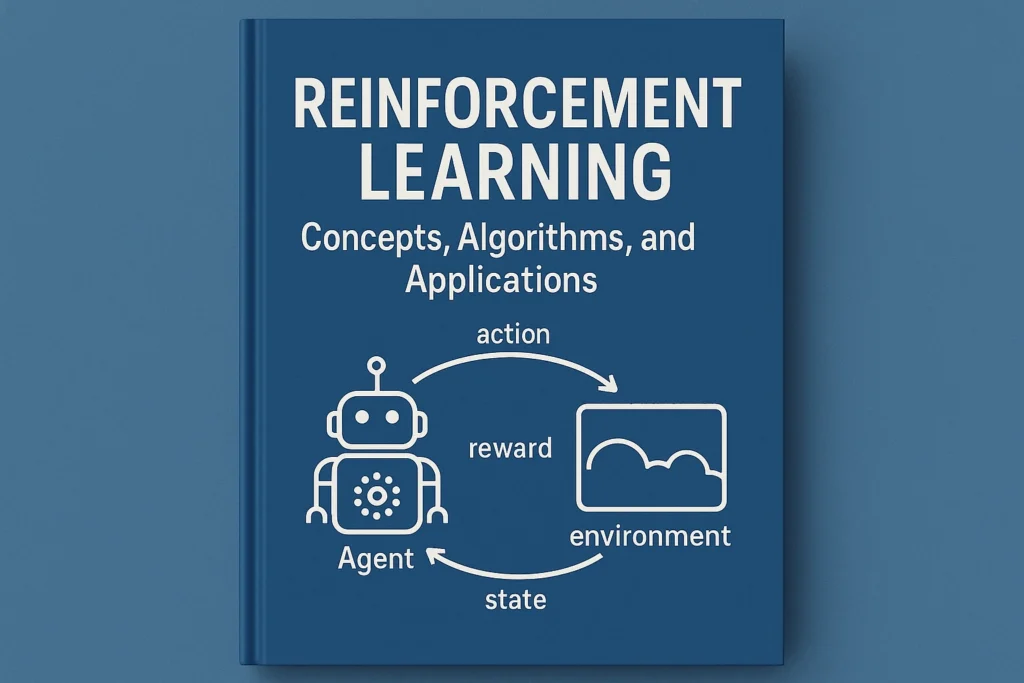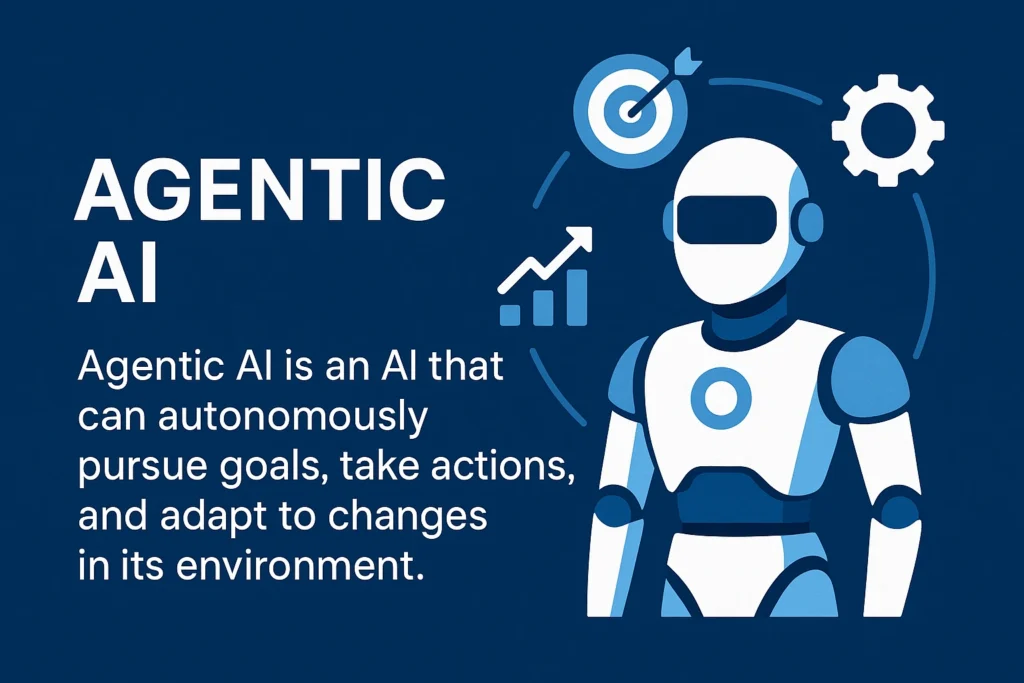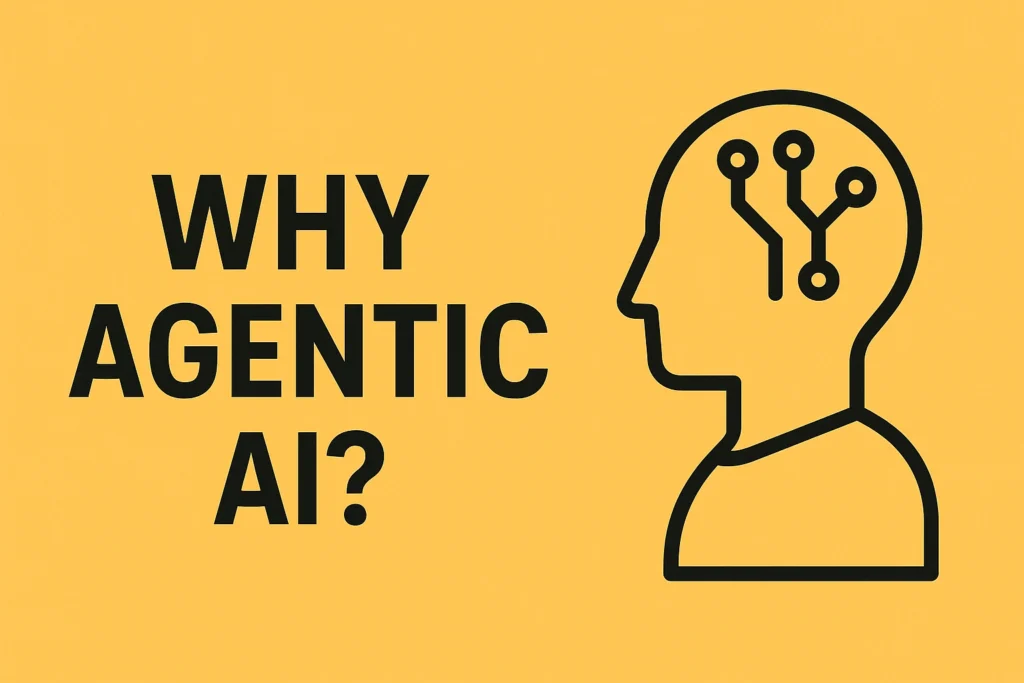Table of Contents
ToggleReinforcement Learning: Concepts, Algorithms, and Applications

Reinforcement Learning: Core Concepts and Applications
This Tutorial summarizes key concepts and practical applications of reinforcement learning, a distinct paradigm in machine learning for dynamic, autonomous learning.
1. Introduction to Reinforcement Learning (RL)
Reinforcement Learning (RL) is a distinct paradigm within machine learning, where an "agent" interacts with a "live environment" to learn and improve dynamically over time, primarily without human supervision.
Defining RL & Its Distinction
RL differs significantly from supervised (fixed, labeled data) and unsupervised learning (discovering structures in unlabeled data). RL involves an "agent" interacting with a "live environment" to learn and improve dynamically over time, primarily without human supervision. The ultimate goal of an RL agent is to maximize future rewards.
Key Applications & Superhuman Performance
Key applications of RL include robotics, self-driving cars, strategic game playing (e.g., Go, chess), and complex problem-solving scenarios. RL's ability to achieve "superhuman performances" stems from its unconstrained interaction with the environment, allowing it to discover novel and optimal strategies that humans might not conceive.
2. Fundamental Components of an RL System
The core concepts of Reinforcement Learning can be remembered by the acronym AREA or AREA 51: Agent, Reward, Environment, Action (or sometimes State, making it AREAS).
Agent
The "agent" is the learner and decision-maker. It is "the thing that takes the action." Examples include a drone for autonomous package delivery, Super Mario in a video game, or a self-driving car. The agent is the active component that interacts with the environment.
Environment
The "environment" is the world in which the agent lives and interacts. It is the context where the agent takes actions and receives feedback. Examples include a maze for a mouse, a chessboard, or a race track for a car. The environment provides "observations" (states) to the agent and "rewards" for its actions, shaping its learning process.
State (Observation)
A "state" or "observation" represents a "concrete and immediate situation in which the agent finds itself." It is the relevant information about the task at hand visible to the agent. The state usually changes with each decision the agent makes. In some environments (like board games), the environment is "fully observable," meaning the agent can make out the exact state from the observation. In real-world problems (like driving), environments can be "partially observable," where the agent only sees what its sensors allow.
Action
An "action" is a decision the agent makes within a given state. The "action space" contains "all of the decisions the agent might make." Actions can be "discrete" (a finite set, e.g., move left/right, jump) or "continuous" (e.g., a steering wheel angle, speed). The agent interacts with the environment by sending "commands to its environment in the form of these quote actions."
Reward
The "reward" is the "feedback" the environment provides to "measure the success or the failures or the penalties of the agent in that time step." It is the "measure of success or progress that incentivizes the AI agent." Rewards can be "positive or negative" and can be "immediate" or "delayed." The "design of the reward is the most critical component of creating effective reinforcement learning systems" because "all reinforcement learning algorithms seek to maximize the reward of the agent, nothing more nothing less." The goal is to "maximize the total amount of rewards that can be obtained from the environment."
Policy
The "policy" is the "strategy or the thought process that drives an AI agent's behavior." Mathematically, "a policy is a function that takes a state as input and returns an action." The policy can be "deterministic" (returns a concrete action) or "stochastic" (returns a probability distribution over actions). The "goal of an RL algorithm is to optimize a policy to yield maximum reward."
Value Function (Q-function)
The "value function" estimates the "expected total future reward" or "return" an agent will receive from a given state, following a specific policy. While rewards indicate immediate goodness, the "value function specifies what is good in the long run." The Q-function is a critical component, "taking as input the state the current state that you're in and a possible action that you take from this state and it will try to return the expected total future reward." It "combines the policy and the value into one function that you can learn." If the Q-function is known, an agent can determine the optimal action in any state by picking the action that yields the highest Q-value.
3. Key Concepts in RL Training
Effective RL training involves navigating fundamental dilemmas and understanding how future rewards are valued over time.
The Explore-Exploit Dilemma
A fundamental challenge in RL is balancing "exploration" (taking random or sub-optimal actions to discover new, potentially better strategies) and "exploitation" (choosing the best-known action to maximize immediate reward). Every RL algorithm must address this trade-off to optimize learning.
Discount Factor (Gamma)
The "discount factor" (gamma, denoted as γ) is a value between 0 and 1 that "dampen[s] the effects of a reward over time," making "future rewards much less worth much less than immediate rewards." This reflects that immediate rewards are generally preferred over delayed ones, influencing the agent's long-term planning.
Return (Total Reward)
The "return" (often denoted as G or capital R(T)) is the "sum of all rewards up until that time." In the context of the Bellman equation, it refers to the discounted sum of future rewards from a given time step onwards, providing a comprehensive measure of an agent's success over an episode.
Bellman Equation
The "Bellman equation" describes a recursive relationship between rewards at subsequent time steps and is the "quantity many algorithms seek to maximize." It is an expectation value that accounts for state transition probabilities and the agent's action selection probabilities, forming the theoretical backbone for many RL algorithms.
4. Types of Reinforcement Learning Algorithms
RL algorithms generally fall into two broad categories: Value Learning Algorithms (e.g., Q-Learning) and Policy Learning/Gradient Algorithms (e.g., REINFORCE, PPO).
4.1 Value Learning Algorithms (e.g., Q-Learning)
These algorithms directly try to learn the Q-function.
- Q-Learning: A "model-free" and "off-policy" algorithm. "Model-free" means it does not require a complete model of the environment's state transition dynamics. "Off-policy" means it uses one policy (an "epsilon greedy" policy) to explore and generate data, but uses that data to update the value function for a different policy (the "purely greedy" policy).
- Traditional Q-Learning: Works by "literally keeping a table of state and action pairs." This is feasible only in environments with a "limited number of discrete states and actions."
- Deep Q-Learning (DQN): When state spaces are huge or continuous, neural networks are used as "universal function approximators" to learn the Q-function. A DQN takes "states as inputs and it's going to output the Q value for each of the possible actions."
- Memory/Experience Replay: DQN agents "have a memory of the states they saw the actions they took and the rewards they received during each learning step." They "sample a subset of this memory" for training, ensuring "non-sequential random sampling" to avoid getting trapped in local minima.
- Two Networks (Evaluation and Target): DQNs often use an "evaluation network" (to select actions) and a "target network" (to calculate the value of maximal actions). The target network's weights are periodically updated from the evaluation network to "eliminate bias."
- Convolutional Neural Networks (CNNs): For environments with pixel images (e.g., Atari games), CNNs are used for "feature extraction" from images.
- Stacked Frames: To give the agent "a sense of motion," CNNs take a "batch of stacked images as input rather than a single image."
4.2 Policy Learning/Gradient Algorithms (e.g., REINFORCE, PPO)
These algorithms "directly try and find the policy function" rather than first learning a Q-function.
- Direct Policy Optimization: The model "outputs a policy distribution" (probabilities of taking each action). The agent then "sample[s] from this probability distribution" to choose an action, even if it's not the maximum probability, which promotes "more exploration of the environment."
- Continuous Action Spaces: Policy gradients are well-suited for "continuous action spaces" where Q-learning struggles.
- Learning Process: After "execut[ing] a roll out of this agent through its environment," the system records state-action pairs and rewards. It then "increase[s] the probability of everything that came with a win and decrease the prob[ability] of everything that comes with a loss."
- Policy Gradient Theorem: The learning update is based on the gradient of the policy's performance metric, scaled by discounted future rewards. "Actions that are optimal will be selected more frequently."
- Sample Efficiency: Policy gradient methods can be "sample inefficient" because they might discard previous experience after each episode. This can be mitigated by "play[ing] a batch of games" before updating weights.
- Variance Reduction: To reduce "big variations between episodes," rewards can be "scaled by some baseline" (e.g., average reward) and normalized by standard deviation.
- Proximal Policy Optimization (PPO): An advanced variant that "limits how much the policy can be updated in each training iteration," helping to stabilize training and prevent "gaming the reward system."
5. Reinforcement Learning from Human Feedback (RLHF)
RLHF is a technique that "enhances the performance and alignment of AI systems with human preferences and values," especially in large language models (LLMs).
Purpose & Phases: Pre-trained Model & SFT
Purpose: To make LLMs' responses "better aligned to human values" by incorporating "nuance and subjectivity."
Phases:
- Pre-trained Model: RLHF fine-tunes and optimizes existing LLMs.
- Supervised Fine-Tuning (SFT): Human experts create labeled examples to "prime the model to generate its responses in the format expected by users" (e.g., question answering, summarization). This initial step provides basic human strategies.
Phases: Reward Model Training & Policy Optimization
- Reward Model Training: A separate "reward model" is trained to "translate human preferences into a numerical reward signal." Instead of direct ratings, humans often compare multiple model outputs (e.g., head-to-head matchups, Elo rating system) to generate aggregated rankings, which are then normalized into a reward signal. This allows training to continue "offline without the human in the loop."
- Policy Optimization: The LLM's policy is updated using the reward model's feedback. Algorithms like PPO are used to "limit how much the policy can be updated in each training iteration" to prevent the model from "outputting gibberish in an effort to game the reward system."
Limitations of RLHF
- Costly and Scalability Issues: "Gathering all of this first hand human input... could be quite expensive" and create "a costly bottleneck."
- Subjectivity and No Ground Truth: Human feedback is "highly subjective," making it "difficult... to establish firm consensus on what constitutes high quality output."
- Adversarial Input: "Human guidance to the model is not always provided in good faith."
- Overfitting and Bias: If human feedback is from a "narrow demographic," the model might "demonstrate performance issues when used by different groups."
- RLAIF (Reinforcement Learning from AI Feedback): A proposed method to address RLHF limitations by using "another large language model evaluate model responses," replacing some or all human feedback.
6. Practical Implementation and Tools
The practical application of RL involves leveraging specific programming libraries, environments, and hardware, often relying on simulations for safe training.
Python Libraries & Environments
- Python Libraries: TensorFlow, Keras, Keras-RL, PyTorch, NumPy, Matplotlib are commonly used for building and training RL models.
- Environments: OpenAI Gym (includes pre-built environments like CartPole, Atari games (Breakout, Space Invaders), LunarLander, and allows for custom environment creation like GridWorld) provides standardized testbeds for RL algorithms.
- Jupyter Notebooks: A common environment for developing and testing RL models due to its interactive nature.
Deployment & Hardware
- Deployment: Trained RL agents can be "save[d] down into memory and reload[ed] for when we want to deploy it into production," enabling real-world application.
- Hardware: Deep RL models, especially those using CNNs for image processing, require "lots of GPU horsepower to handle the training," due to their intensive computational demands.
Simulation
For real-world applications like self-driving cars, "hyper photorealistic simulators" are crucial for training in safe environments where crashing is acceptable. Policies trained in simulation can then be transferred "straight from SIM to real," bridging the gap between virtual training and practical deployment.
Conclusion
Reinforcement learning provides a powerful framework for training autonomous agents to learn complex tasks by interacting with their environment and maximizing rewards.
From the foundational concepts of agents, environments, states, actions, and rewards, to sophisticated algorithms like Deep Q-Networks and Policy Gradients, RL continues to push the boundaries of AI, leading to breakthroughs in diverse fields and inspiring new techniques like RLHF for aligning AI with human preferences. The field is constantly evolving, with ongoing research into improving sample efficiency, handling continuous action spaces, and leveraging AI feedback to enhance learning processes.
Reinforcement‑Learning Essentials — FAQ
Agents, rewards, Q‑tables, policy gradients & RLHF — all in one scroll.
RL trains an agent to interact with an environment, collecting rewards via trial‑and‑error to learn an optimal policy. Supervised ML predicts labels from static data; unsupervised ML clusters patterns. RL is dynamic and sequential, powering breakthroughs such as AlphaGo, robotics, and autonomous driving.
AREA + S + π cheat‑sheet:
- Agent — learner/actor.
- Environment — world & rules.
- Reward — feedback to maximise.
- Action — decisions the agent makes.
- State — observation describing the situation.
- Policy (π) — mapping from states to actions.
The Bellman Equation expresses a state’s value as immediate reward plus discounted value of the next state — a recursive blueprint that lets algorithms iteratively bootstrap toward the optimal long‑term return.
- Optimistic starts — high initial Q‑values spur exploration.
- Epsilon‑greedy — random action with prob ε, exploit otherwise (ε decays).
- Off‑policy tricks — behaviour vs. target policy (e.g. Q‑learning).
Q‑learning tabulates Q(s,a) values and updates with the Bellman rule. DQN swaps the table for a deep network to estimate Q‑values:
- Experience replay buffer (break correlation).
- Target network for stable y‑targets.
- CNN encoder for pixel inputs; frame stacking for motion.
- Optimises policy directly — no value table needed.
- Handles continuous actions natively.
- Learns stochastic strategies (useful for exploration).
Downside: higher variance & sample cost.
RLHF fine‑tunes an LLM with a reward model trained on human preference rankings, then optimises the policy (via PPO) to maximise helpfulness & safety — aligning raw text predictors with human values.
- OpenAI Gym / Gymnasium — standard env API.
- PyTorch / TensorFlow — build DQN & policy nets (GPU support).
- Keras‑RL / Stable‑Baselines3 — plug‑and‑play agents.
- Experience buffers via NumPy / deque.
- Custom envs: implement
reset(),step(),render(). - Save & load checkpoints (.pth / .h5) for long‑running training.


